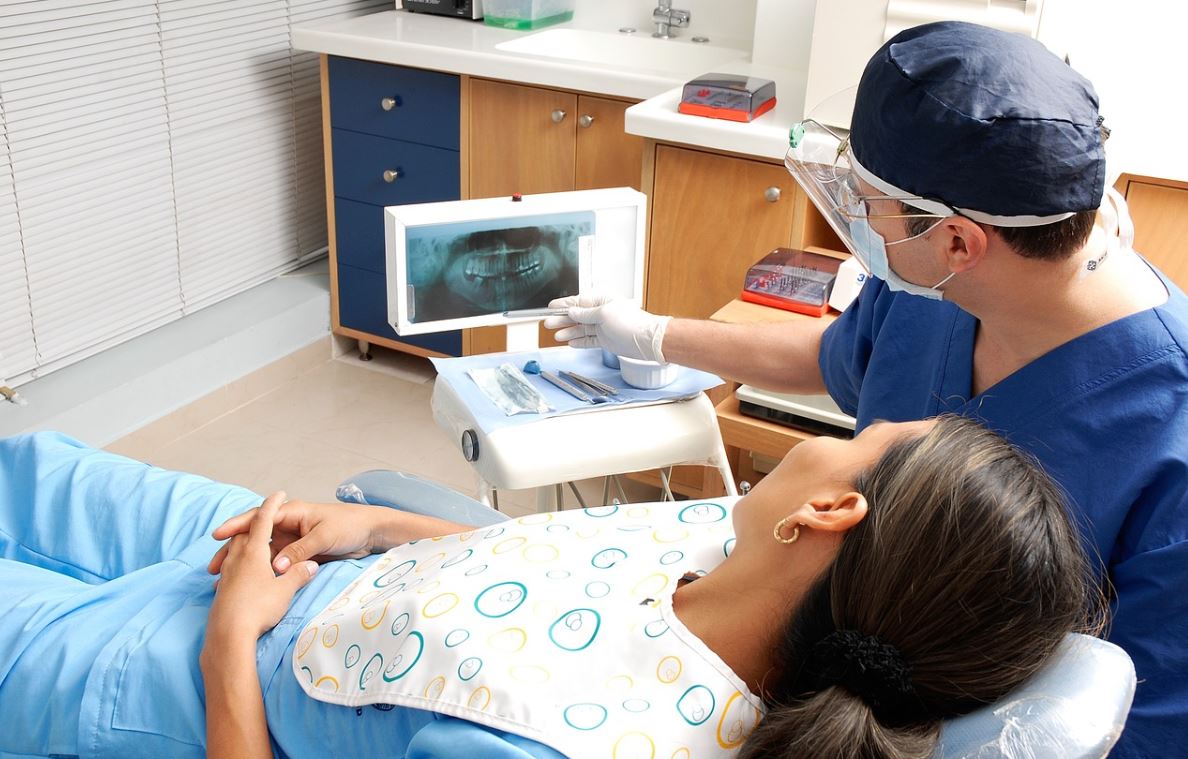Dental x-ray is a commonly used method in medical procedures taken by dentists. Patients should, therefore, understand what dental x-rays entail and whether there are risks involved.
In the 19th century, physicists developed an x-ray-visible-light machine that could penetrate through the human body and produce shadow images through electromagnetic radiation on a traditional film (or digital films nowadays). A dental x-ray machine has proven to be a diagnostic device that provides a visible picture of interior bone structure that helps in determining the patient’s condition in an informative way.
How are dental x-rays used?
The health history of each individual depends on how frequent a patient can use x-ray machines for bone analysis. New patients requiring dental analysis at the hands of a dentist should ensure the dentist takes a baseline from which to vary and compare the patient’s oral health. Some forms of x-rays that a new patient may undertake will include a panoramic x-ray, a full mouth x-ray, and four bitewing x-rays. These diagnoses create a baseline and a starting point for future reference. The maintenance of patients’ teeth will determine the next x-rays and succeeding treatments needed, wherever applicable. Digital X-rays provide an optimal tool to help the dentist in providing the best care of your dental health.
Are dental x-rays truly safe?
Dentists are usually asked about the safety of dental x-rays. The answer is yes. It is safe, but that answer varies greatly, depending on the patient’s condition. Remember, x-rays use radiation, which is very harmful to all human beings and living things.
This radiation is always available in various forms naturally, and we come into contact with it daily in sunlight, which has the same potential harm because it is a form of radiation. Invisible energy released into the air by many types of minerals and soils, which contain some form of radiation, do naturally affect us without even our knowledge, and radiation from the sun is one good example.
Much research has shown that the amount of radiation a patient is submitted to during a typical dental x-ray is equal to the radiation absorbed in everyday activities. A frequent traveler is most likely to be exposed to radiation than someone having an x-ray, as air travel takes humans into the stratosphere where there are high levels of radiation.
Dental x-rays have improved
In the past, patients were vulnerable to cancer because of the large levels of radiation they were exposed to in older X-ray machines. But with new technology, the same has been developed to use the least amount of radiation to produce highly visible images inside the jaws and teeth, eliminating any risks. Digital radiography uses 90 percent less radiation than the old film x-rays. Also, digital machines are environment-friendly as they do not require chemicals to process the images. Even computer tomography—or, more commonly, the CT scan—make excellent examination and diagnosis of inner structures. They use a very little amount of radiation.
Dental X-ray technology used today
X-ray machines and other developments have generally spread even to areas of the body that could not even be reached with older technology. Indeed the power of radiologic diagnoses will be improved to bring safety and convenience to x-ray machines in the future.
Benefits of dental x-ray
There are many benefits patients get from digital x-rays taken in dental offices compared to conventional film-based x-rays. Having the ability to get clear images from digital X-rays, faster diagnosis and treatment are achieved. This improved technology is beneficial for endodontic treatment that requires multiple x-rays to be taken to diagnose the file and fill lengths in a root canal.
Moreover, the little time an individual is exposed to radiation is another advantage. A dental problem can be diagnosed at different dimensions since contrast techniques can be used. Transfer of X-ray images between offices is now easier, faster, and more efficient due to the advent of digital x-ray machines.
Conclusion
As teeth develop, they develop plaque, shift, and encounter many problems. When you encounter issues with your teeth or decide to go for a checkup, give your dentist the chance to take an x-ray for reference when you visit again as your teeth age. This is important when undergoing cavity fillings, alignment, and other common dental procedures. Digital x-rays are very safe and an important tool in examining teeth to prevent harm and will also aid the dentist to ensure every action is made correctly




